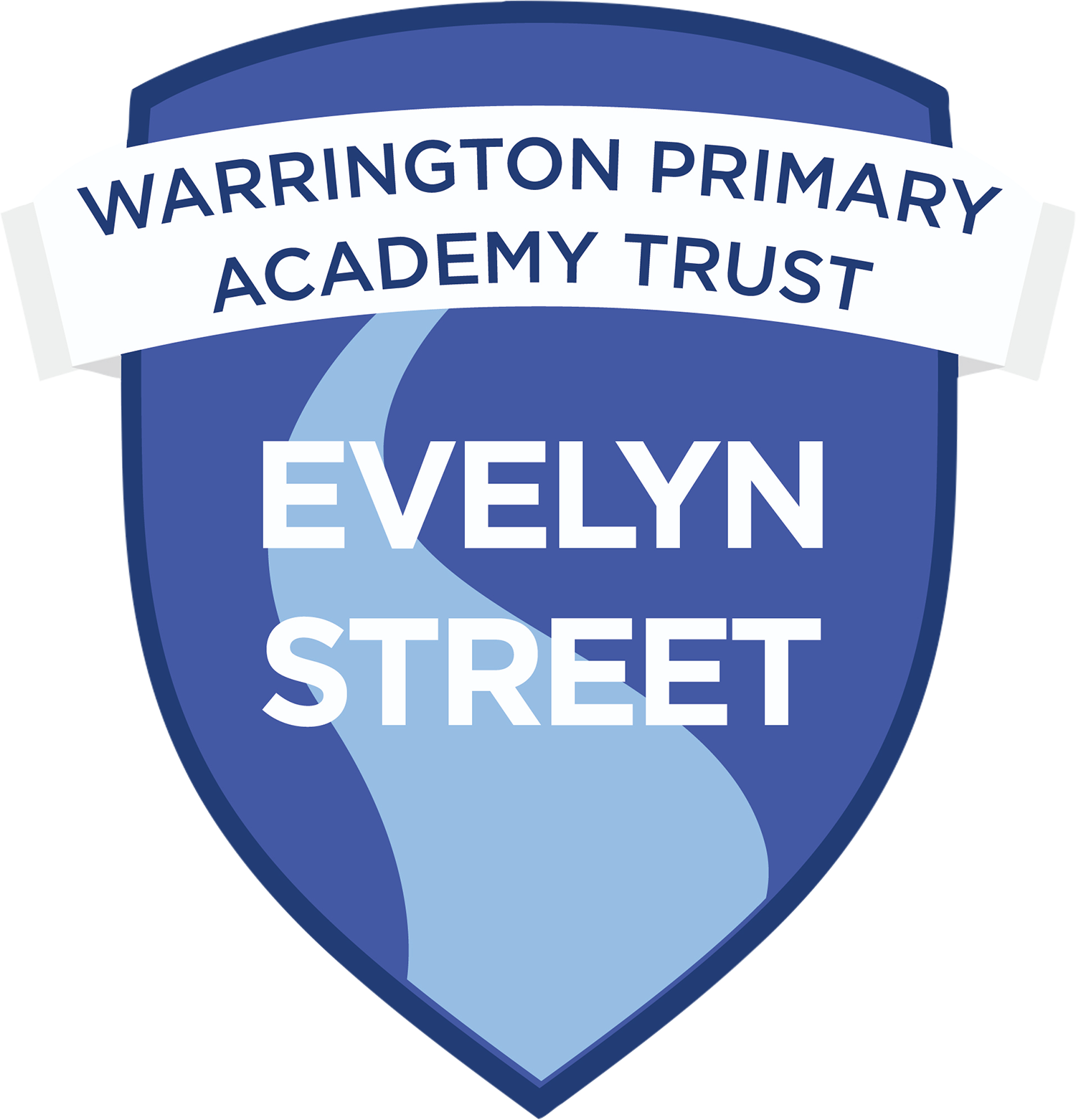Design Technology
Why teach Design and Technology?
Our Design and Technology curriculum allows children to exercise their creativity through designing and making. The subject develops children’s creativity, sets them challenges grounded in real-life situations that engage and inspire, and equips children with the knowledge and skills to be resilient and solve problems.
Our children are taught to combine their designing and making skills with knowledge and understanding in order to design and make a product.
Through the evaluation of past and present design and technology, children will develop a critical understanding of its impact on daily life and the wider world. High-quality design and technology education makes an essential contribution to the creativity, culture, wealth and wellbeing of the nation. Children will also understand how key events and individuals have helped shape design and technology globally.
The subject allows children to apply the knowledge and skills learned in other subjects, particularly Maths, Science, Computing and Art and Design.
How we teach Design and Technology
All teaching of Design Technology follows the design, make and evaluate cycle, with each step rooted in technical knowledge and vocabulary. We give meaning to the children’s learning by making sure that the design process has a real life, relevant context.
Children can choose from a wide range of tools and materials for their work and once they complete their tasks they evaluate their own products against the design criteria, a process that helps them to understand how and why a product or design element has been successful or not and then use this to adapt and improve their product.
Our curriculum is enriched by a design and technology specialist consultant, who works regularly with the children. We also work alongside local employers such as Warburtons, which helps is in our food technology teaching, and visit local businesses, including IKEA and Asda.
What your child will learn
- How to use a range of tools, materials and components safely.
- How to design, make and then critically evaluate their work.
- An understanding of the ways in which people have designed products in the past and present to meet needs.
- The principles of nutrition and how to cook.
- Key concepts such as structures, textiles, pneumatics and electricity.
